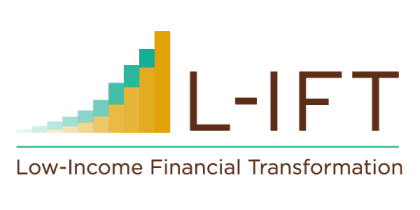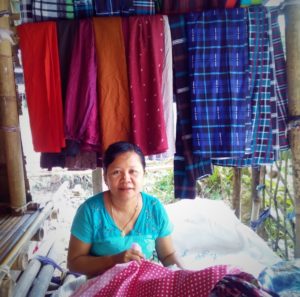The financial diaries process gave us a chance to hear from microfinance clients how they experience the services provided via the group. End of October ’18 (so roughly three-quarters into the research) we asked a wide range of questions about their experiences as microfinance clients.
So here goes, ‘Everything you ever wanted to know about group-based microfinance experiences’:
- Most group-meetings in Swepyithar and Htauk Kyant (more urban townships) are held between 10 and 11AM. In Daik U and Bago (more rural) most are held earlier, 9-10AM.
- The group meetings are quite short. Only 7 percent took more than one hour. (Half were just 30 minutes on average, 42 percent were an hour on average.) The meeting primarily spends time on loan repayment process, which lasts 15 to 30 minutes in most groups. In practically all groups, other topics take also 15 to 30 minutes to discuss.
- Group meetings take place during the week days, Monday to Friday, roughly spread evenly across these days. In rural areas the meetings are mostly in the first days, Monday-Wednesday.
- Overall, either the CO (Credit Officer) or the chairperson of the group, speaks most. In rural areas chairpersons speak primarily, in peri-urban areas mostly the members speak and in urban it is quite an even spread across CO, and chairperson.
- The CO’s role is for some groups very limited: the chairperson does everything (recording attendance sheet, recording payment) and the CO just collects the money (37 percent). In only 16 percent of the groups the CO does most of the tasks, including training.
- The role of the chairperson is very broad in most groups. In practically all groups the chairperson brought the group together, she supports the CO, she travels around for follow up of repayments, phones the group members with information, and holds the group at her house. The cashier’s role is primarily to support the chairperson and is less prominent.
- Interestingly, one out of ten (10 percent) of respondents said that they pay the chairperson for her work. This was particularly common in rural areas (41 percent). Payments to the cashier were rare (4 percent).
- Quite a wide range of topics are covered in the groups. The three topics discussed most in group meetings are : ‘the members business and if that is going well or not’ (49 percent), ‘about their MFIs processes’ (42 percent), and ‘calculations on saving’ (41 percent). Moreover, they also discuss about the repayment schedule (39 percent) and also more private issues, e.g. whether members and their families are healthy (36 percent).
- Out of all respondents, a minority of 16 percent reported that they “had to contribute to repaying a loan for group members that could not repay or ran away from the group”. Another 5 percent refused to answer the question. So while it is not widespread to have to pay loans due to the solidarity pledge, it is not rare either. Those who had to pay for others reported mostly to pay 50,000 or less kyat, or 33 dollars or less. In most of these cases there was just one group member who could not repay or ran away (75 percent) but there were also 25 cases reported where two group members could not repay and even five cases of ‘three group members or more’ for whom the others had to repay. The respondents said that rescheduling of a repayment obligation was rarely allowed – just seven percent of the respondents said it happened. But one out of ten respondents themselves had needed to reschedule (presumably many organized this privately, outside the MFI’s system). This happened primarily in Daik U, where one in three had to reschedule. Rescheduled payment for these people was mostly “next day” (48 percent), or “next meeting” (2 weeks later) (37 percent).
- The solidarity system is definitely a problem. Only one out of ten (10 percent) were happy to guarantee other people’s loans in the future. Four out of five (79 percent) would not want to guarantee others again. One in ten (11 percent) did not want to answer.
What implications do these findings have for financial service providers?
To most of us the above list of findings on women’s experiences in the group holds a number of surprises. For instance, the fact that most groups were formed by the chairperson (or at least the members perceive her to have formed the group) was a surprise. Likewise, that some groups pay the chairperson for her work was not known to us. Finally, many of us might have thought that these group meetings take quite a bit longer than they do in reality. Probably the most important finding is that only very few people are happy to guarantee their other group members’ loans and that they would much prefer to continue as a microfinance client without the solidarity system. This feature should be studied further and a study could work on developing alternative group guarantee methods.
 What Women Want (3W)
What Women Want (3W)
Nov 2017- Jan 2019
Financial diaries for product development
Access the diaries at my.l-ift.com (open for all)
Request more info
Anne Marie van Swinderen (aswinderen@l-ift.com) and Jose Vahl (jvahl@l-ift.com)


